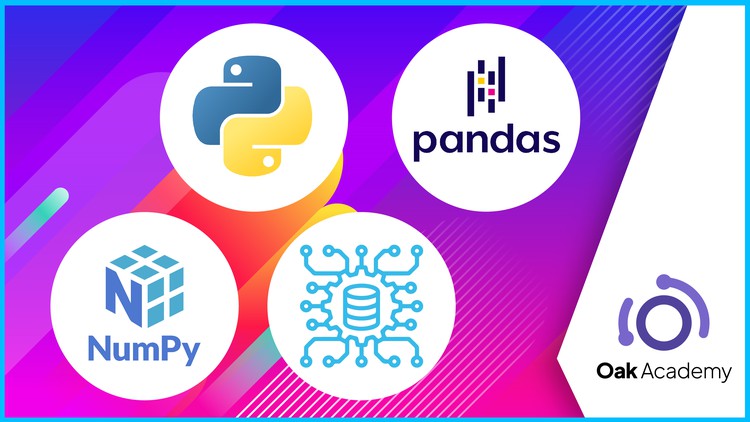در حال حاضر محصولی در سبد خرید شما وجود ندارد.

Python with Machine Learning & Data Science, Data Visulation, Numpy & Pandas for Data Analysis, Kaggle projects from A-Z
در این روش نیاز به افزودن محصول به سبد خرید و تکمیل اطلاعات نیست و شما پس از وارد کردن ایمیل خود و طی کردن مراحل پرداخت لینک های دریافت محصولات را در ایمیل خود دریافت خواهید کرد.


Android App Development Master Course with Java | Android

CCNA Networking | Complete Cisco CCNA 200-301 Prep Course

Data Science | The Power of ChatGPT in Python & Data Science

HTML and CSS Complete Course with Hands-on Portfolio Project

CompTIA Security+ (SY0-601) Complete Course & Comptia Lab

Network+ | Comptia Network Plus (N10-008) Certification Prep

Splunk | Splunk Core Certified User Certification Prep Lab

CCNA Network Security and Network Programmability Essentials

CompTIA Security Plus SY0-601 Master Course & Practice Exam

CompTIA Server+ | CompTIA Server+ SK0-005 Certification Prep
✨ تا ۷۰% تخفیف با شارژ کیف پول 🎁
مشاهده پلن ها